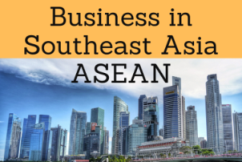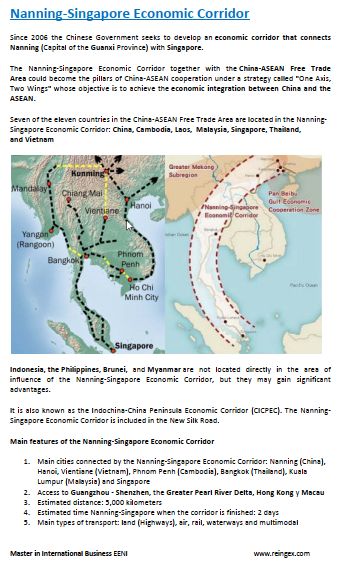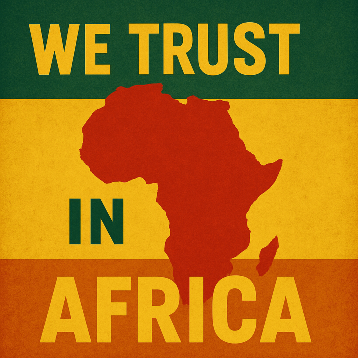Brunei-Indonesia-Malaysia East ASEAN Growth Area
BIMP-EAGA EAST Asian largest economic growth area. Kalimantan
The BIMP-East ASEAN Growth Area (BIMP-EAGA) is the largest economic growth region in Asia. The BIMP-EAGA consists of...
- Brunei
- Indonesia provinces of Kalimantan, Sulawesi, Maluku, and Irian Jaya
- Sabah, Sarawak and the Federal Territory Labuan in Malaysia
- Mindanao and Pahlawan in the Philippines
- Introduction to the Brunei Darussalam-Indonesia-Malaysia-Philippines - East ASEAN Growth Area
- Members and objectives of the East ASEAN Growth Area (BIMP-EAGA)
- ASEAN Business Council of the East ASEAN Growth Area
- Nanning-Singapore Logistics Corridor

The Subject “East ASEAN Growth Area (BIMP-EAGA)” is included within the curriculum of the following academic programs at EENI Global Business School:
Masters: International Business, Foreign Trade.


Languages:  or
or  Zona de crecimiento del Este de la ASEAN
Zona de crecimiento del Este de la ASEAN  Zone de croissance de l’ASEAN orientale
Zone de croissance de l’ASEAN orientale  ASEAN.
ASEAN.


Brunei Darussalam-Indonesia-Malaysia-Philippines East ASEAN Growth Area.
Indonesia, Brunei, and Malaysia are Muslim Countries while the Philippines is Catholic Christian.

Religions and Global Business -
Religious diversity
Except Brunei, these regions have usually lagged in economic development when compared to their respective capital regions, despite being rich in natural resources.

ASEAN governments of Brunei, Indonesia, Malaysia, and the Philippines united in its desire to enable this region to participate completely in ASEAN development process and agreed to form ASEAN sub-regional economic growth area in March 1994.
The BIMP-EAST ASEAN BUSINESS COUNCIL is the official representative of the private sector of the BIMP-East ASEAN Growth Area.


(c) EENI Global Business School (1995-2025)
Top of this page









 WhatsApp
WhatsApp